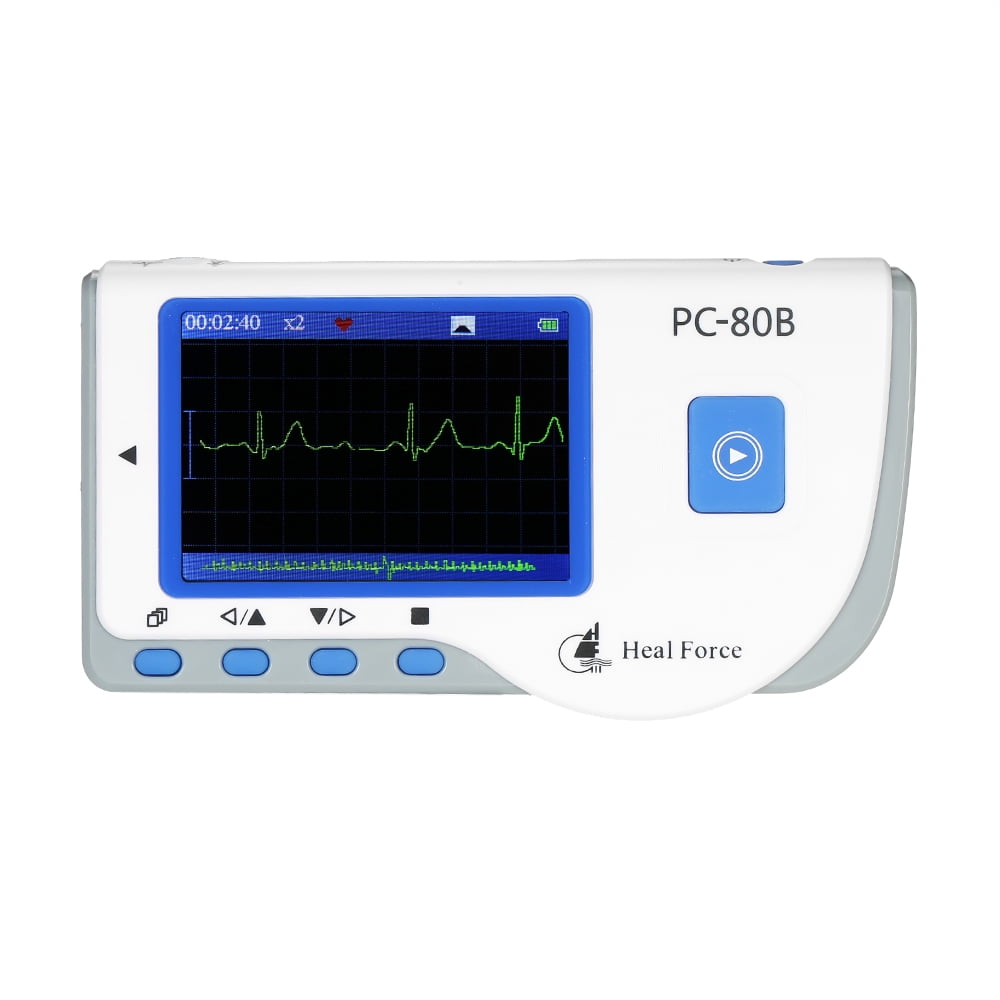

You generally push a button when you feel symptoms.

You can wear it longer than a Holter monitor, typically 30 days.
#HEART MONITOR MACHINE PORTABLE#
This portable device is similar to a Holter monitor, but it records only at certain times for a few minutes at a time. A Holter monitor is a small, wearable device that records a continuous ECG, usually for 24 to 48 hours. A health care provider might recommend remote or continuous ECG monitoring. If symptoms tend to come and go, they may not be detected during a standard ECG recording. But if you have a family history of heart disease, your health care provider might suggest an electrocardiogram as a screening test, even if you have no symptoms. The American Heart Association doesn't recommend using electrocardiograms to assess adults at low risk who don't have symptoms. Weakness, fatigue or a decline in ability to exercise.Dizziness, lightheadedness or confusion.You may need an ECG if you have any of the following signs and symptoms:

How well certain heart disease treatments, such as a pacemaker, are working.Whether you have had a previous heart attack.If blocked or narrowed arteries in the heart (coronary artery disease) are causing chest pain or a heart attack.A health care provider might use an electrocardiogram to determine or detect: Implantable loop recorder: A heart monitoring deviceĪn electrocardiogram is a painless, noninvasive way to help diagnose many common heart problems.


 0 kommentar(er)
0 kommentar(er)
